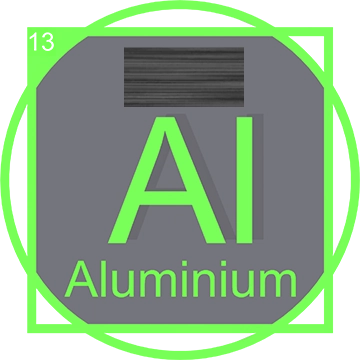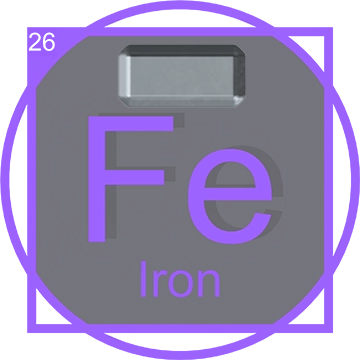Unlocking Aluminium: The Versatile Metal Shaping Our World
Dive into the story of Aluminium (Al), the most abundant metal in the Earth's crust and a cornerstone of modern innovation and sustainability.
The Discovery of Aluminium
Aluminium was first isolated by Hans Christian Ørsted in 1825, marking a significant milestone in the history of chemistry and material science. This lightweight, silvery-white metal swiftly moved from being a precious material to one of the most widely used metals in the world.
Aluminium in the Periodic Table
Positioned in the 13th group and 3rd period of the periodic table, Aluminium (symbol Al) boasts remarkable characteristics, including its status as the third most common element and the most abundant metal in the Earth's crust. Its atomic number is 13, and it plays a crucial role in various chemical and physical phenomena.
Unique Properties and Applications
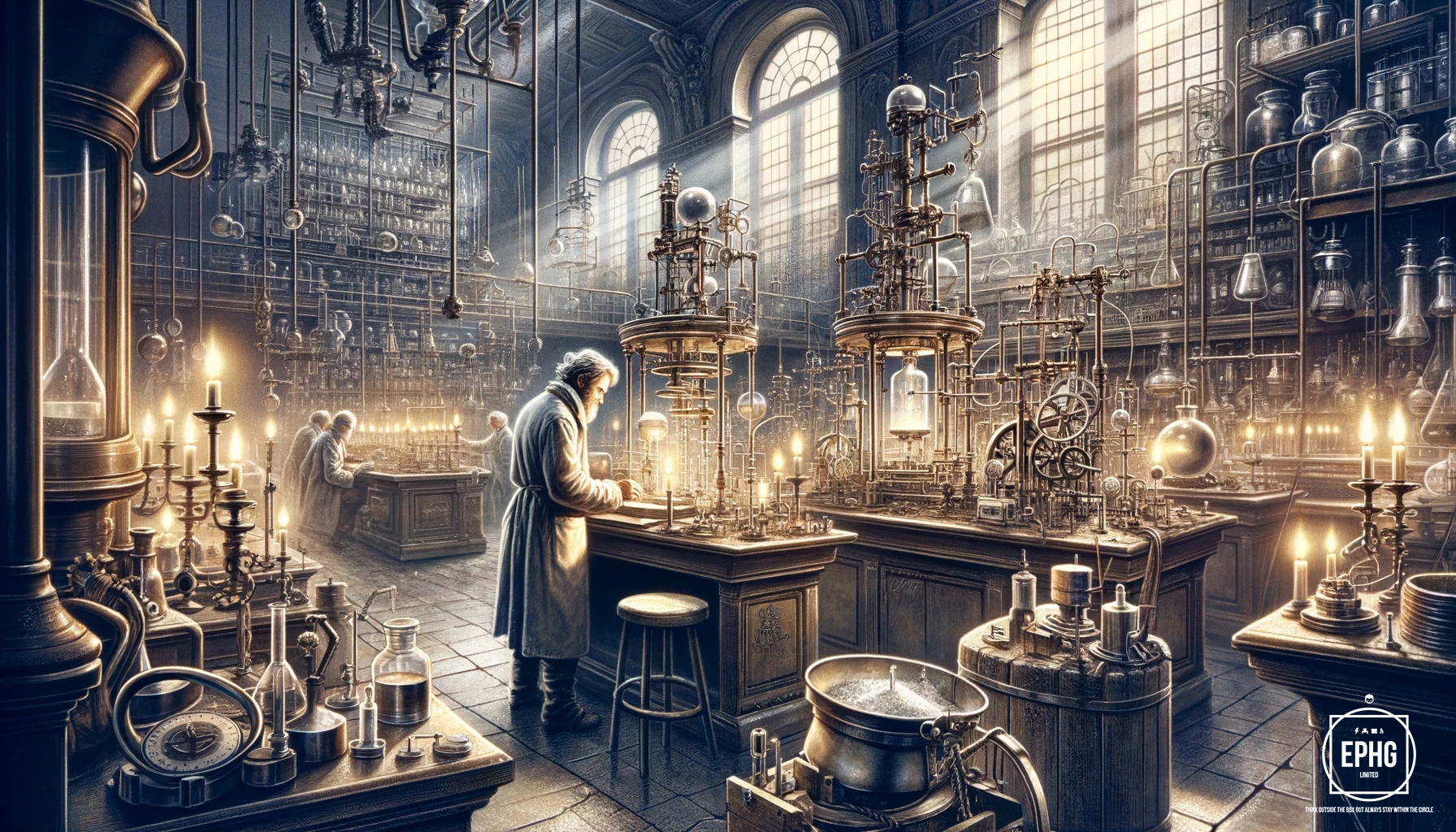
Aluminium is renowned for its lightweight, strength, and resistance to corrosion, which can be enhanced by adding small amounts of other metals to create aluminium alloys. These properties make it indispensable in industries such as aerospace, construction, and automotive. Furthermore, Aluminium is pivotal in packaging, particularly in food and beverage containers, due to its non-toxicity and recyclability.
Aluminium and Sustainability
Aluminium's role in sustainability efforts cannot be overstated. Its recyclability, without loss of properties, positions it as a key player in circular economy initiatives. The metal's use in lightweight vehicles and aircraft significantly reduces fuel consumption and emissions, contributing to global environmental conservation efforts.
The Future of Aluminium
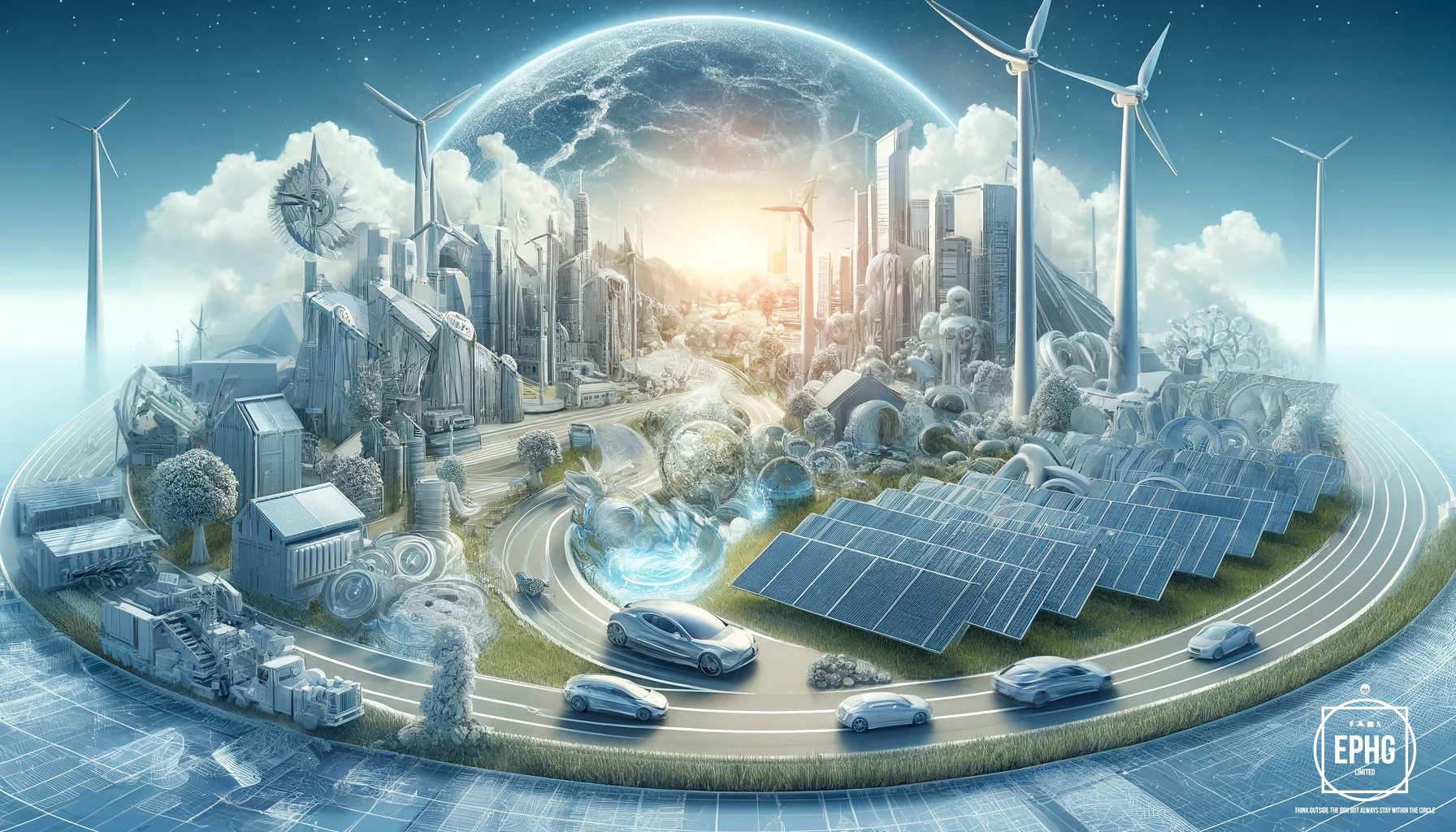
As we advance towards a more sustainable and technologically sophisticated future, the demand for Aluminium is expected to rise, driven by its applications in renewable energy systems, electric vehicles, and green building practices. Ongoing research aims to enhance its efficiency in recycling processes and reduce the environmental impact of its production.
From its elemental roots to its expansive role in modern science and technology, Aluminium continues to be an essential material in shaping a sustainable future. Its journey from a precious metal to a pillar of global industry highlights the transformative power of scientific discovery and innovation.
How Aluminium Is Produced
Aluminium production begins with the mining of bauxite, a primary source of aluminium ore. Through the Bayer Process, bauxite is refined into alumina (aluminium oxide), and then through the Hall-Héroult Process, alumina is smelted using electrolysis to produce pure aluminium metal. These processes emphasize efficiency and sustainability, with ongoing research aimed at reducing the carbon footprint of aluminium production.
Major Aluminium Mines and Associated Resources
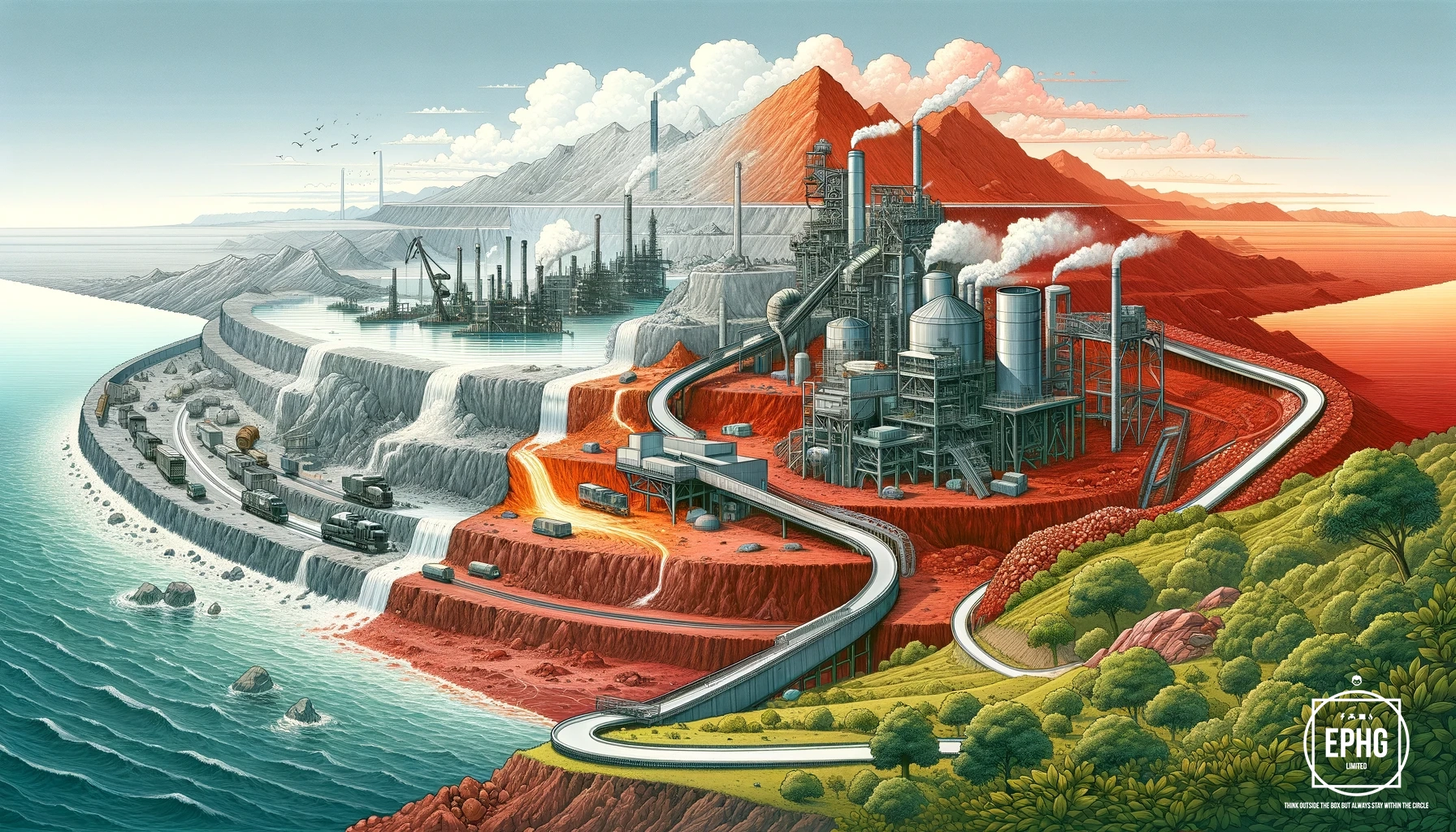
Significant bauxite mines are located across the globe, including:
- The Guinea’s Bauxite Company (Compagnie des Bauxites de Guinée, CBG) - Guinea
- Weipa Bauxite Mine - Australia
- Mineração Rio do Norte (MRN) - Brazil
- Klina Mine - Kosovo
Alongside bauxite, these mines often yield other valuable minerals and elements like gold, iron, and silicon, contributing to their economic and industrial significance.
Modern Uses of Aluminium
Today, Aluminium is indispensable in various sectors. Its properties like lightweight, durability, and corrosion resistance make it ideal for use in transportation (aerospace, automotive, and railways), packaging (cans and foils), construction (windows, doors, and facades), and many electrical applications. Aluminium’s recyclability also makes it a material of choice for sustainable product design.
The Future of Aluminium in Science and Technology
Aluminium's future looks promising, with potential expanded use in green technologies and sustainability-driven projects. Innovations may include enhanced recycling techniques, improved efficiency in solar panels and batteries, and breakthroughs in aerospace engineering. Aluminium's role in developing lightweight, durable materials for electric vehicles and its use in emerging technologies like 3D printing herald a new era of industrial and environmental advancements.
